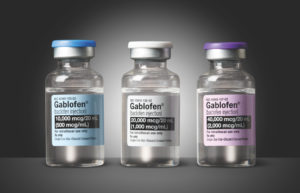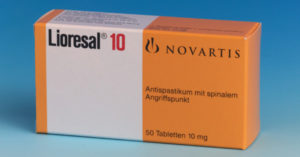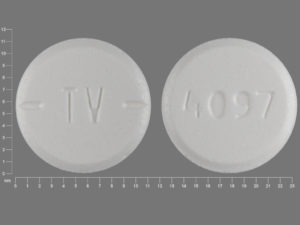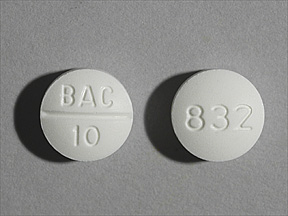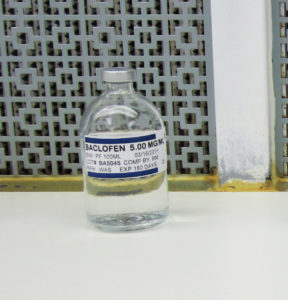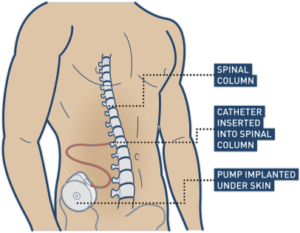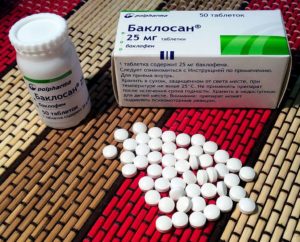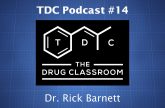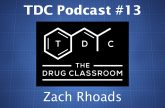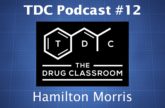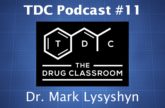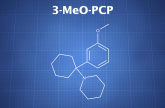Baclofen is a GABA-like drug that has been used for decades in the treatment of spasticity. It has muscle relaxant, anxiolytic, and sedative properties.
Outside of its medical use for spasticity, it has been researched as a possible treatment for alcohol dependence.
The drug is sometimes taken in non-medical settings because it can provide anxiety reduction, sedation, and some euphoria. It’s usually described as somewhat similar to phenibut in its effects.
Baclofen = Lioresal; Liofen; Gablofen; Kemstro; (RS)-4-Amino-3-(4-chlorophenyl)butanoic acid
Dose
Oral (medical)
Range: 30 – 75 mg/day
Oral
Light: 10 – 20 mg
Common: 20 – 50 mg
Strong: 50 – 75 mg
Timeline
Oral
Total: 3 – 6 hours (extended with strong+ doses)
Onset: 00:15 – 00:45
Experience Reports
References
(2015) Baclofen and gamma-hydroxybutyrate differentially altered behavior, EEG activity and sleep in rats.
(2014) Misuse of the γ-aminobutyric acid analogues baclofen, gabapentin and pregabalin in the UK
(2014) The use of very high-doses of baclofen for the treatment of alcohol-dependence: a case series
(2013) Clinical effectiveness of baclofen for the treatment of alcohol dependence: a review.
(2013) Efficacy and tolerability of baclofen in substance use disorders: a systematic review.
(2013) Baclofen for alcohol-dependence: anticraving or partial substitution?
(2013) Baclofen for alcohol withdrawal.
(2012) Baclofen overdose mimicking brain death.
(2012) A case of de novo seizures following a probable interaction of high-dose baclofen with alcohol.
(2012) Is baclofen a revolutionary medication in alcohol addiction management? Review and recent updates.
(2011) Chronic baclofen abuse and withdrawal delirium.
(2006) Intrathecal baclofen overdose and withdrawal.
(2006) Baclofen overdose: defining the spectrum of toxicity.
(2005) An unusual presentation of baclofen overdose.
(2002) Pharmacokinetic-pharmacodynamic modeling of the antinociceptive effect of baclofen in mice.
(2001) Death due to baclofen and dipyrone ingestion.
(2000) Coma mimicking brain death following baclofen overdose.
(1999) Death after acute withdrawal of intrathecal baclofen: case report and literature review.
(1998) Baclofen overdose: drug experimentation in a group of adolescents.
(1996) Topical Review: Baclofen in the Treatment of Cerebral Palsy
(1995) Enhancement of morphine analgesia by the GABAB agonist baclofen.
(1981) Complications of baclofen withdrawal.
(1981) Baclofen selectively inhibits excitatory synaptic transmission in the hippocampus.










